A Healthy Baby Boy!
Estimated reading time: 10 minutes, 26 seconds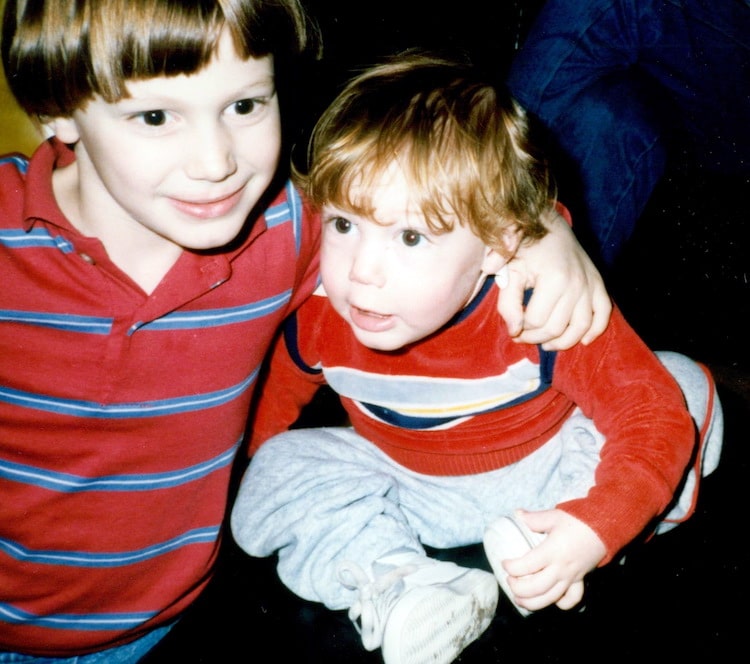
Call the Midwife
We should call the midwife,” I said again as Jan’s contractions were getting closer. The three times I had suggested we call, she had said no. It’s the middle of the night; I do not want to bother the Midwife.
This time I insisted. If we do not call, I will have to be your Midwife for an at-home delivery!”
“What time is it?”
I responded that it was 3 am.
OK, you can call,” Jan said in the middle of another contraction. But I am sure she will say we can wait until morning.”
The Midwife answered on the second ring. She explained how the contractions were more frequent.
“You should come to Methodist Hospital now,” was the response.
When I told Jan, she wanted to speak to the Midwife.
Fortunately, she got the same answer with even greater urgency.
I helped Jan out of bed and helped her get dressed. Grabbed the go-bag and helped Jan down the stairs.
When we arrived at the hospital, the triage nurses looked at Jan, quickly got a wheelchair, and rushed her upstairs.
“We need to get you upstairs before the baby arrives,” said one of the nurses.
I started to follow them.
“You need to check her in,” they said, pointing to the left.
I pulled out my wallet and took out the insurance cards.
The person doing the intake was moving slower than the Lazy l train.
“My wife’s having a baby,” I exclaimed.
Just a few more minutes was the response.
All I could think of us was that I would miss the birth!
After almost 48 years, I recently lost my wife, Jan Lilien. Like The Little Prince, Jan and I believed that “The most beautiful things in the world cannot be seen or touched, they are felt with the heart.” This blog is a collection of my random thoughts on love, grief, life, and all things considered.


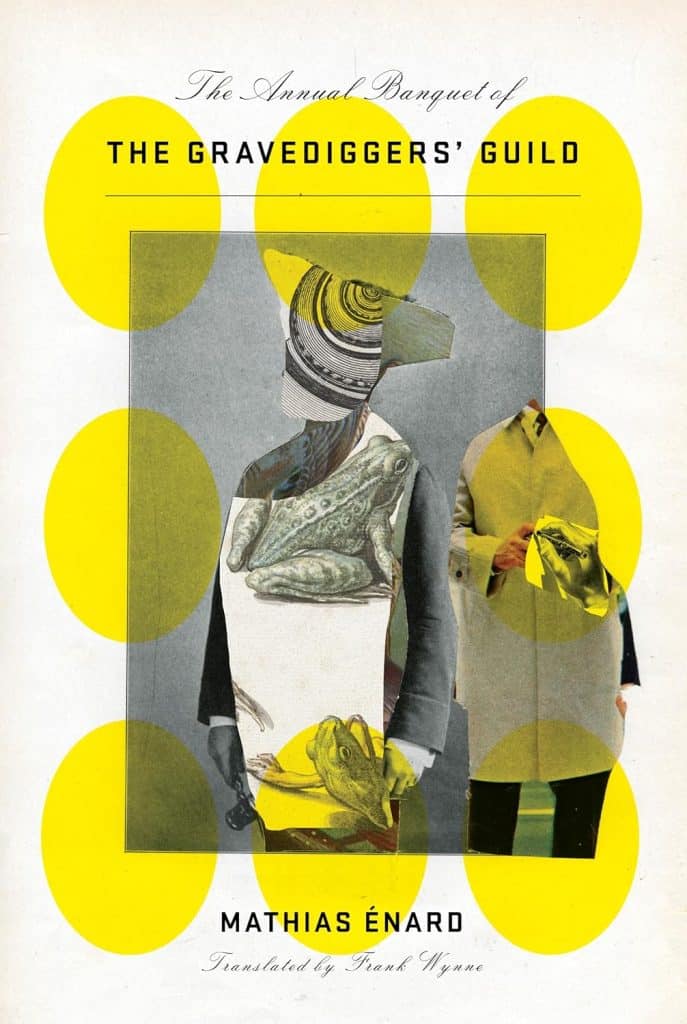
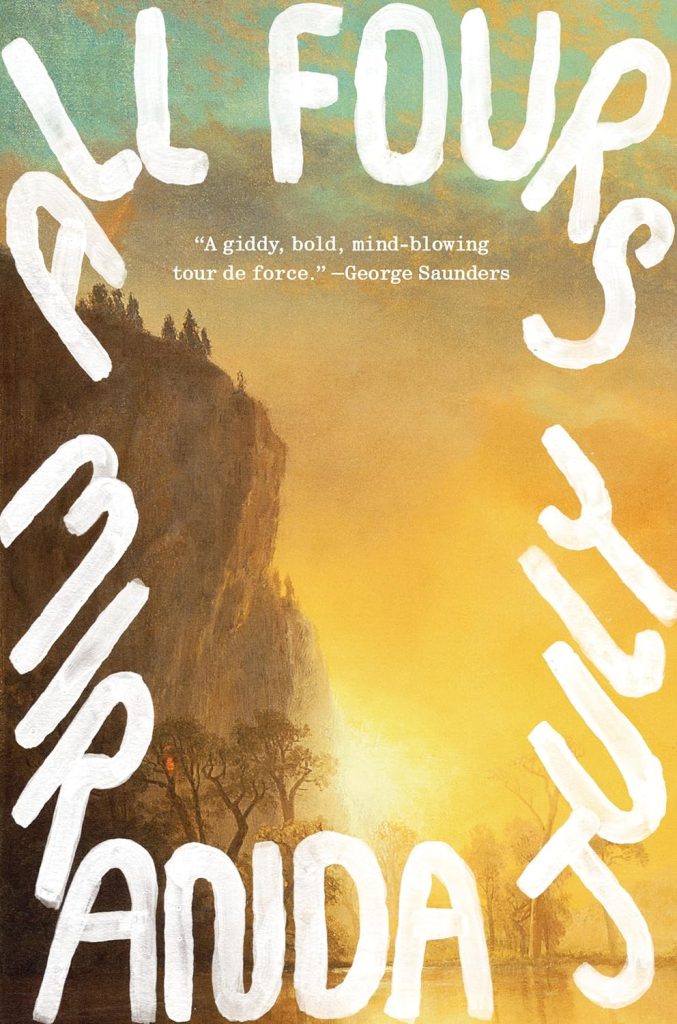
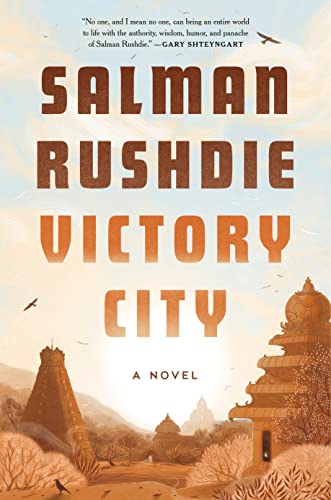
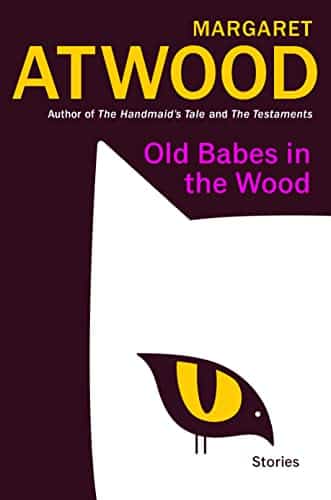
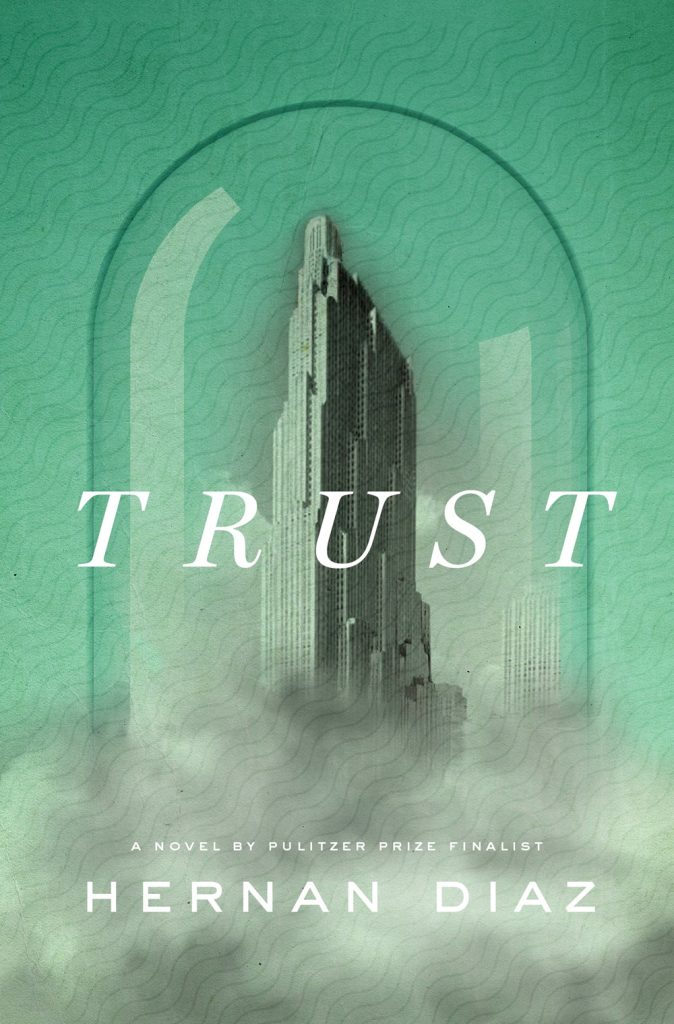
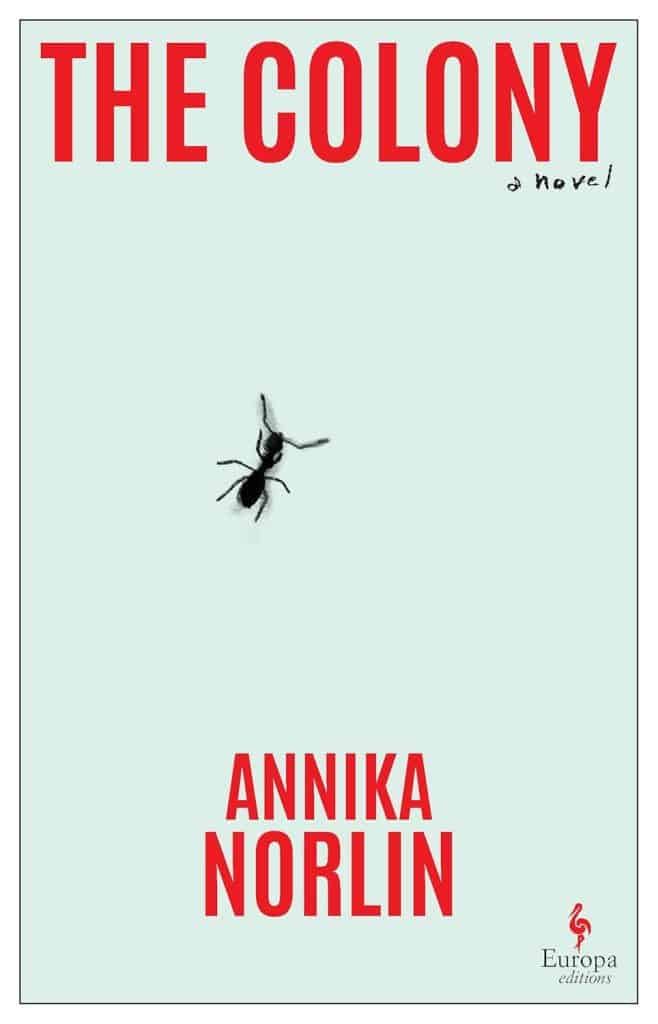
What a great way to remember Your dear wife! I will spend some time reading past articles. Keep going, Richard! Great job!!!
Hugo, thank you so very much for your kind words.
I write from my heart about Jan. The words flow like fresh honey.
As Helen Keller wrote,
“What we have once enjoyed we can never lose. All that we love deeply becomes a part of us.”
Let me know if you find other articles of interest and feel free to share the newsletter with anyone you believe might enjoy reading it.